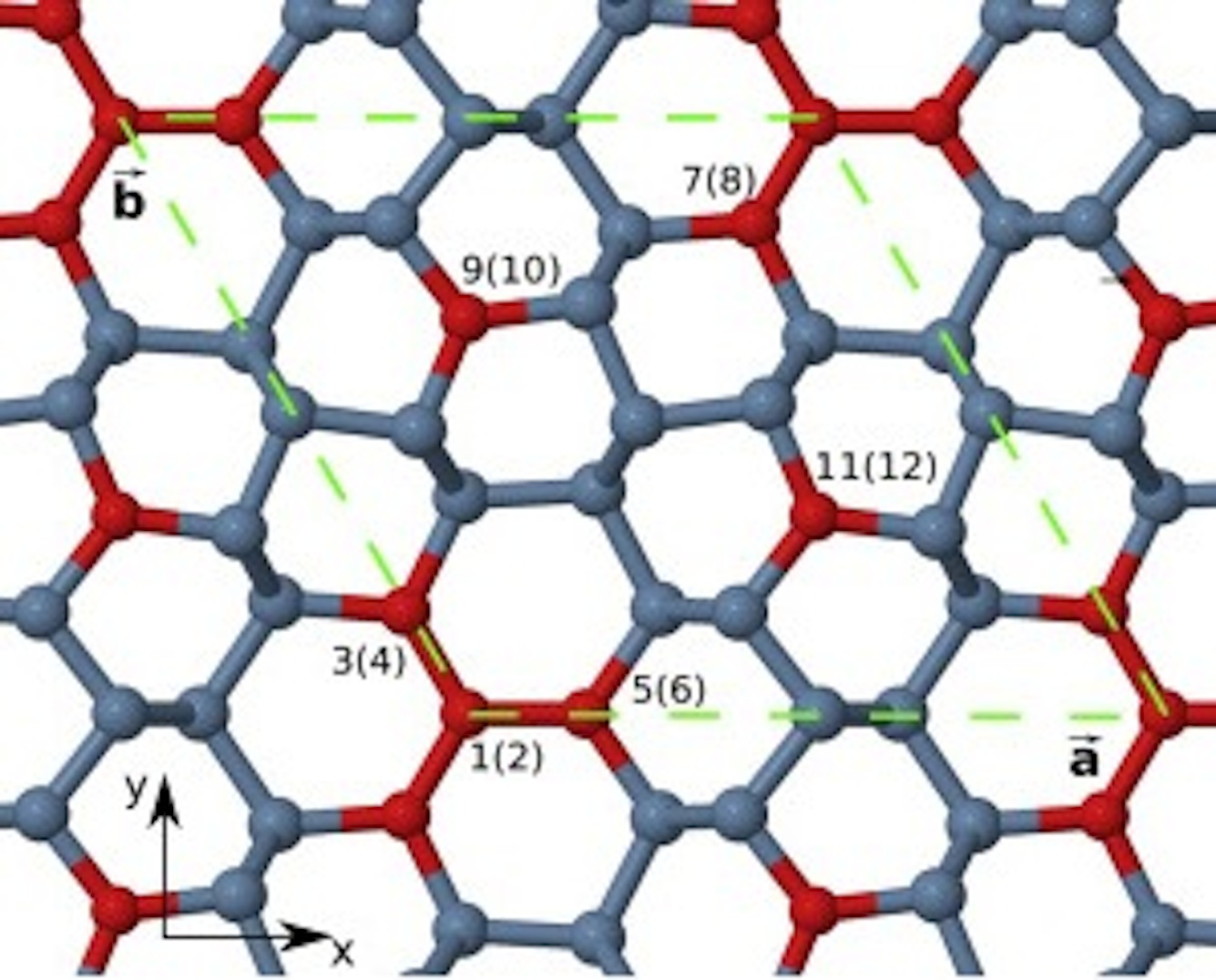Could protomene replace GaN?

Researchers believe an allotrope of carbon could replace GaN in applications for high-power and/or high-frequency devices with large breakdown voltages
Alfields, an Emirati company, has announced a new carbon-based direct gap semiconductor that could be a replacement for GaN in high-power and/or high-frequency devices with large breakdown voltages.
Details of the discovery were published in the journal Carbon by an international team of scientists from Alfields, the University of Milan in Italy, Pacific Northwest National Laboratory in the US, and the Khalifa University of Science and Technology in Abu Dhabi.
The new physical form (or allotrope) of carbon is called protomene. It has a hexagonal crystal structure, with a primitive cell involving 48 atoms, and an energy band gap very close to that of GaN (approximately 3.4 eV at room temperature).
The image above shows a ball-stick model of the structure of protomene.
"Protomene and its tremendous properties, has been on the wish lists of forward thinking innovators and manufacturers for decades, and we will deliver it. Our next step is to produce both linear and three dimensional samples of the material to prepare it for applications in electronics and related industries. We've graduated from 'pipe dream' stage to eventually making a certain and beneficial impact upon the world of semi-conductors, opto-electronics, coatings, and energy conservation," explained Larry Burchfield, American nuclear chemist and chief science officer at Alfields.
Due to the gap amplitude near the blue end of the visible spectrum, protomene may find applications in opto-electronic components, e.g. to blue- or UV-light generating LEDs, or as a UV filter in optics.
An interesting phenomenon is a structural phase transition that should happens as the temperature goes up from a low-temperature semiconducting 48-atoms cell structure to a high-temperature metallic phase characterised by a 24-atoms cell structure.
As this transition is approached, the band gap would close rapidly, much faster than the slow decay, also associated to thermal expansion, in diamond and silicon.
Accordingly, this phase transition would provide a sensitive temperature-controlled optical filter. Additionally the eventual transition to the high-temperature no-dimers metallic phase of protomene, has potential temperature-controlled optical- and electric-switching applications.
'Protomene: A new carbon allotrope' by Francesco Delodovici et al; Carbon Volume 126, January 2018


































